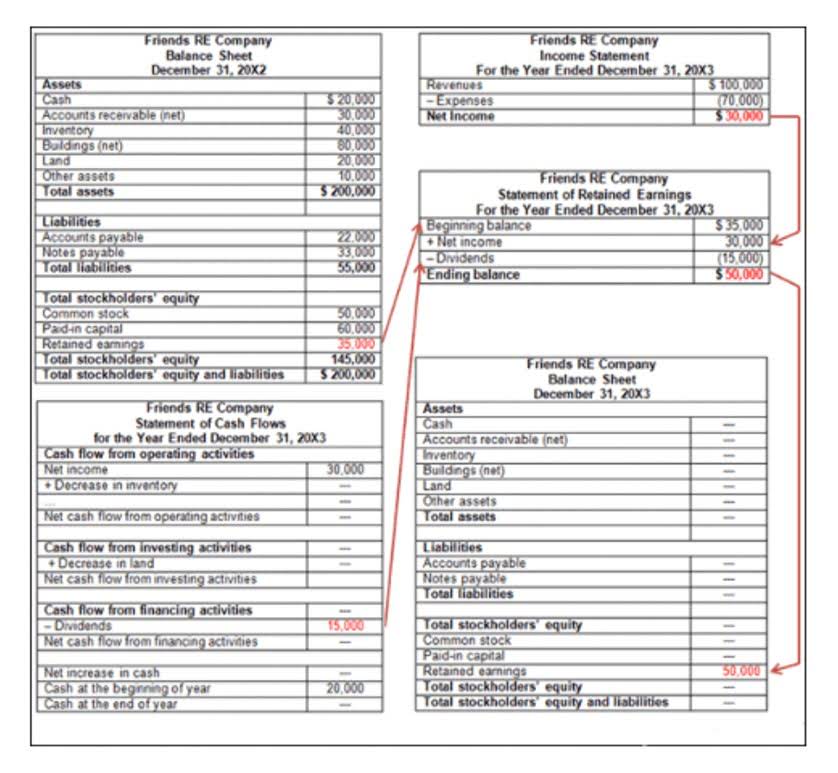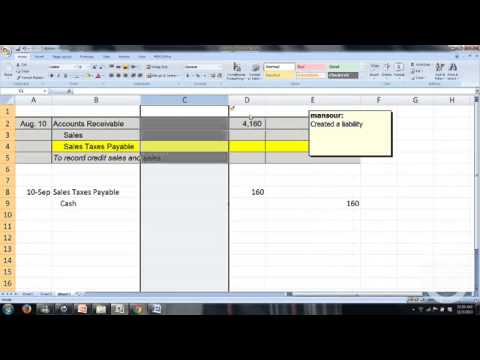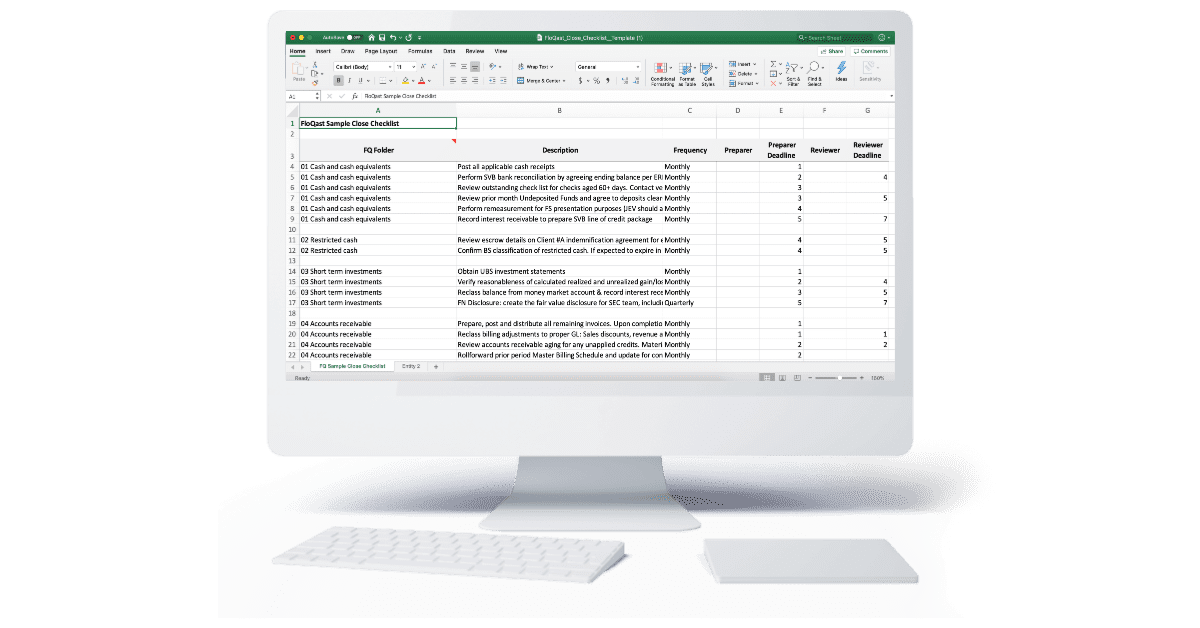Taking the time to understand what you earn can help you prepare for a financially sound future. Income is the amount of money you receive from various sources, including employers, for services rendered. There are different categories of income, such as net and adjusted gross income.
The Bankrate promise
If you don’t make the minimum monthly payment on your debt, it could negatively impact your credit score. A single individual with a gross income of $110,000 in 2024 would be in the 24% tax bracket on the portion of that income over $100,525. If that figure was reduced in ways permitted by the IRS, it might result in an AGI of just $98,000.
Understanding Gross Income
Like gross income, you can calculate net income for your personal finances or business. Understanding net versus gross income is important for your budget, taxes, loan applications, and more. Taking the time to understand how to calculate them and the different ways they affect you can help you be better prepared at tax time—and lead to better decisions about your money management. Your net income, on the other hand, is what you have left after you subtract all of your eligible business expenses and estimated tax payments from your gross income.
Understanding Taxable Income
On the other hand, the gross income of a company is the net revenue generated across a given time frame subtracted by cost of goods sold (COGS). For example, a company might increase its gross profit while borrowing too much. The additional interest expense for servicing more debt could reduce net income despite the company’s successful sales and production efforts. We can see from the COGS items listed above that gross profit mainly includes variable costs—or the costs that fluctuate depending on production output. Typically, gross profit doesn’t include fixed costs, which are the costs incurred regardless of the production output. For example, some fixed costs are salaries (but not wages), rent, utilities, and insurance.
For investors looking to invest in a company, net income helps determine the value of a company’s stock. Since net income is the last line at the bottom of the income statement, it’s also called the bottom line. Net income reflects the total residual income after accounting for all cash flows, both positive and negative. Gross profit is the total https://dlyavas.ru/?idancat=3&rec=46 revenue minus expenses directly related to the production of goods for sale, called the cost of goods sold (COGS). COGS represents direct labor, direct materials, or raw materials, and a portion of manufacturing overhead tied to the production facility. Gross income is the total revenues of a company minus the cost of goods sold (COGS).
- In a different example, Macy’s reported all components needed as part of the Q report for the period ending Oct. 28, 2023.
- Some costs subtracted from gross profit to arrive at net income include interest on debt, taxes, and operating expenses or overhead costs.
- Income is the amount of money you receive from various sources, including employers, for services rendered.
- Derived from gross profit, operating profit is the residual income after all costs have been included.
- In simple terms, net income is the “take-home” pay of an employee, i.e. the amount deposited into the bank account.
- The additional interest expense for servicing more debt could reduce net income despite the company’s successful sales and production efforts.
As a measure of company profitability, net income provides an objective summary of financial performance crucial for investors, lenders, and decision-making. Higher net income signals business health, attracting investments and facilitating credit approvals. Conversely, consistently low or decreasing net income suggests potential issues requiring operational adjustments.
- Profit commonly refers to money left over after expenses are paid, but gross profit and operating profit depend on when specific income and expenses are counted.
- Individuals falling under the taxable income bracket are liable to pay a specific portion of their net annual income as tax.
- Federal, state, and local taxes are often assessed after all expenses have been considered.
- If you don’t have much net income remaining after your necessary expenses, there are a few things you can do.
- Depending on the industry, a company could have multiple sources of income besides revenue and various types of expenses.
- To bring this concept to life, let’s consider an example of how to find net income.
These can wipe out gross profit and lead to a net loss (or negative net income). On the other hand, net income represents the profit from all aspects of a company’s business operations. As a result, net income is more inclusive than gross profit and can provide insight into the management team’s effectiveness. Net income is http://www.russianmuseums.info/Default.asp?From=250 your gross pay minus deductions and withholding from your paycheck. Your net income, sometimes called net pay or take-home pay, is the amount your employer deposits in your bank account or writes your check for. Gross income represents your wages from your employer before taxes, and other deductions have been taken out.
By submitting this form, you consent to receive email from Wall Street Prep and agree to our terms of use and privacy policy. If you don’t have much net income remaining after your necessary expenses, there are a few things you can do. “Expert verified” means that our Financial Review Board thoroughly evaluated the article for accuracy and clarity. The Review Board comprises a panel of financial experts whose objective is to ensure that our content is always objective and balanced. Bankrate has partnerships with issuers including, but not limited to, American Express, Bank of America, Capital One, Chase, Citi and Discover. Specific expenses vary depending on the type of industry and business entity type.
- Understanding the differences between gross profit and net income can help investors determine whether a company is earning a profit and, if not, where the company is losing money.
- The gross income of an individual is often a figure required by lenders when deciding whether or not to advance credit to an individual.
- You can sign up for Bankrate’s myMoney tool to categorize your spending transactions, identify ways to cut back and improve your financial health.
- We can see from the COGS items listed above that gross profit mainly includes variable costs—or the costs that fluctuate depending on production output.
- By knowing how much money you take home after taxes and deductions, you can make informed decisions about budgeting, saving, and investing.
This differs from gross income which limits what can be deducted from total revenue earned. COGS does not include indirect expenses, such as the cost of the corporate office. COGS directly impacts a company’s gross profit, which reflects the revenue left over to fund the business after accounting for the costs of production. https://www.taminfo.ru/world/5266-ceny-na-zoloto-vyrosli-do-rekorda-2010.html Gross profit does not account for debt expenses, taxes, or other expenses required to run the company. Because the revenue of the company is not directly tied to operating expenses, the deduction is not applied to gross income. Likewise, non-operating costs like income taxes or interest payments are neglected.










